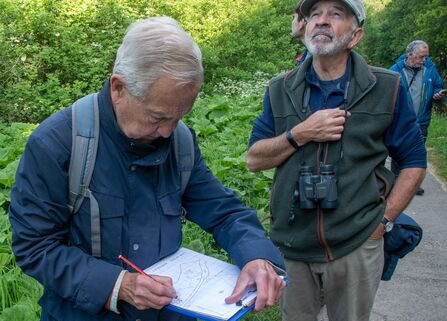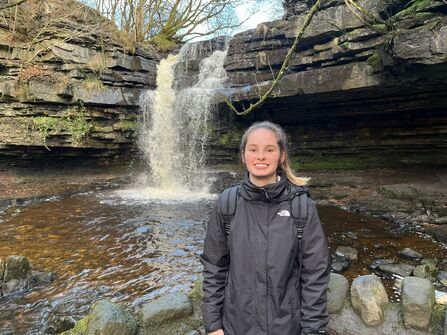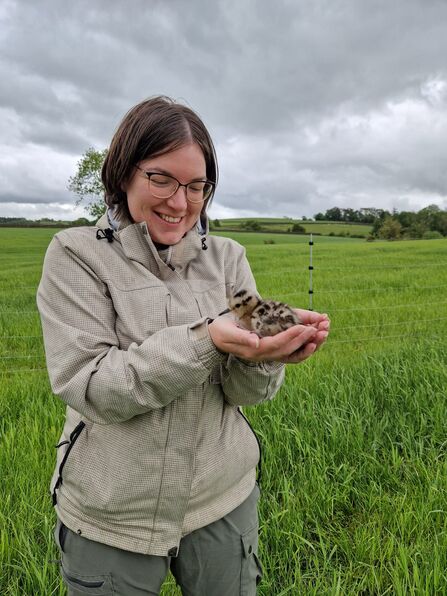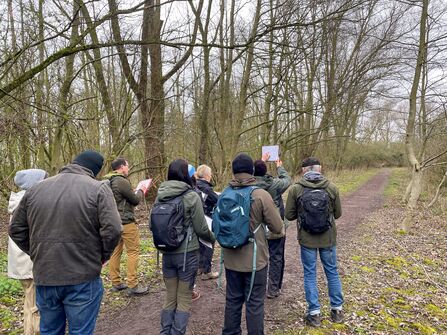Behind the binoculars - the science and excitement of bird surveys
It was a delight to be out with expert volunteer surveyors, doing Breeding Bird Survey (BBS) at Low Wood Local Nature Reserve in the spring. I recently had the opportunity to learn what happens to the data we had collected when I sat down with Bethany Clarkson (Evidence Officer) and Amelia Lewis (Breeding Bird Surveyor Coordinator Volunteer) from the Trust’s Nature Recovery Data and Evidence Team, to hear about how the data is collected and how its analysis provides real-world insights that are invaluable to reserve managers and informing wider activities for nature’s recovery in Yorkshire.








